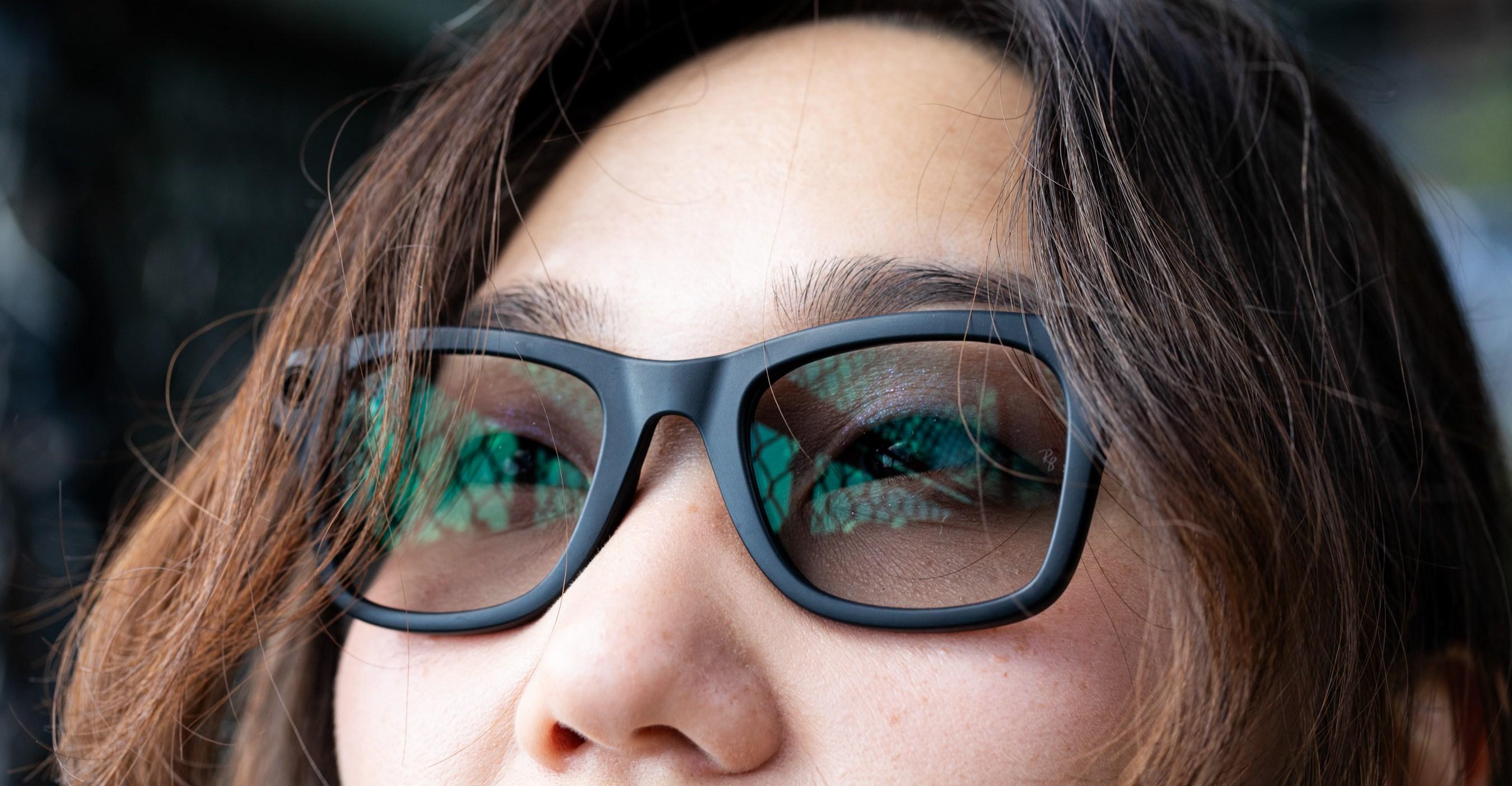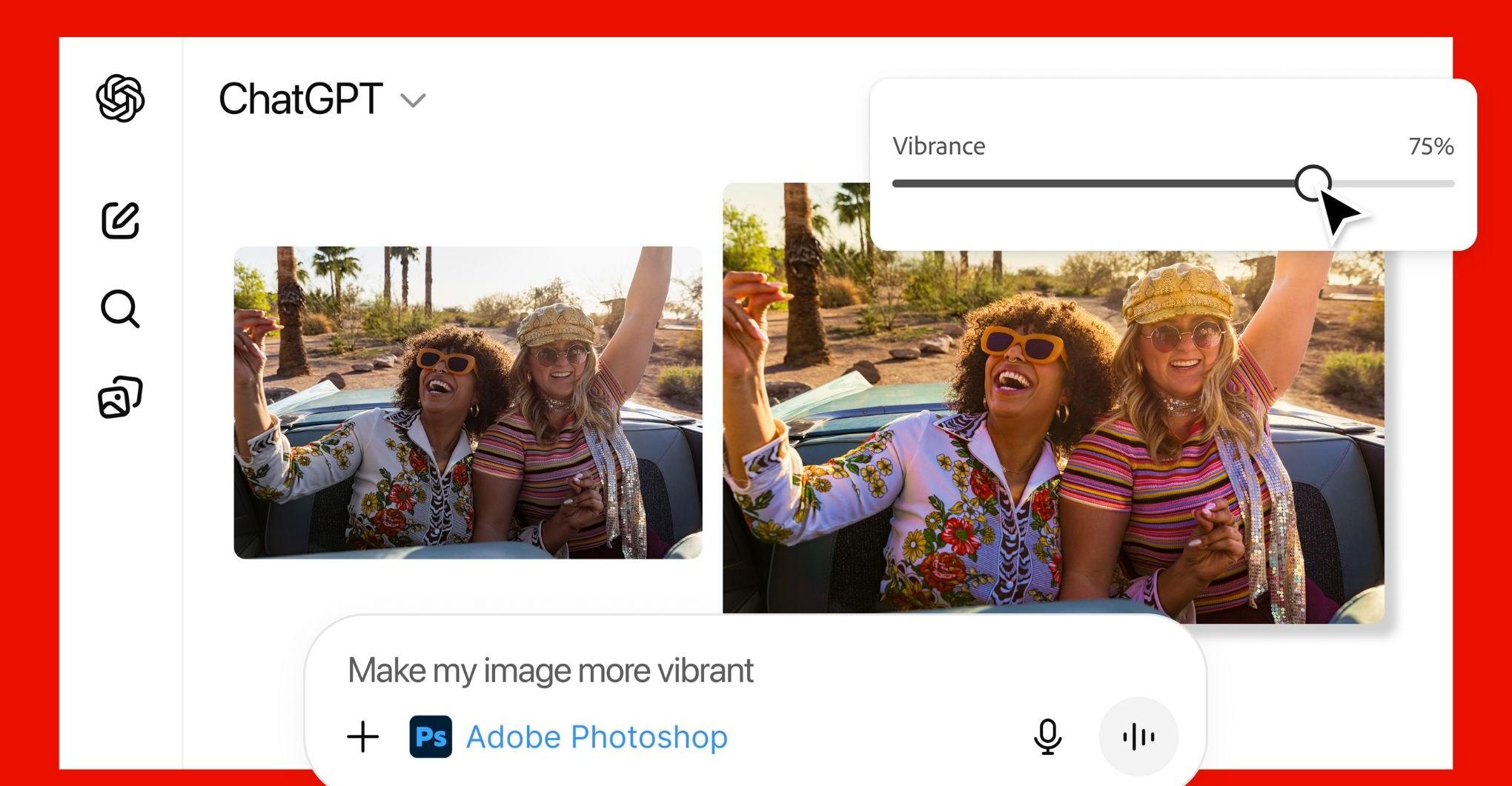I started adding smart home gadgets to my house back in 2013. I had a few GE Link light bulbs (RIP), a Nest Learning Thermostat, and some Lutron smart switches running on a Wink Hub. Then and now, I long for a simple, easy-to-use smart home controller that isn’t my phone, a universal control device that ties it all together. It needs to be something powerful enough for me to program and run my home on the fly but also straightforward enough that my tech-averse husband, parents, and any guests in my house can use to turn on the lights, play music, and maybe adjust the thermostat.
When the $300 Wink Relay launched in 2014, I thought I had found my solution. A touchscreen control pad that wired into an existing light switch to control all your devices was just what I needed. But it required a neutral wire, something in short supply in my 1960s-era home. (Based on reviews at the time, it also turned out to be not good.)
I long for a simple, easy-to-use smart home controller that isn’t my phone, a universal control device that ties it all together
In the ensuing decade, I’ve tried a variety of solutions. An iPad mounted in the wall wasn’t intuitive enough for everyone in the house (and after three years of being always plugged in, the battery was toast). Smart displays like Echo Shows and Google Nest Hubs are too underpowered and fiddly to use for quick touchscreen access. And while I was excited by Google’s new Pixel Tablet for home control, in early testing, I’ve found it still requires one too many taps to get to what you need.
Voice control of the smart home, which came along in 2014 with the launch of Amazon’s Echo and Alexa, filled my needs to some extent (along with copious household training). But there are many moments when pressing a button is better. You know, like flipping a light switch? That’s where the new Brilliant Plug-In Smart Home Control panel has been, well… brilliant.
The Brilliant Plug-In Smart Home Control ($399) is a flush-mount touchscreen panel that you attach to your wall and plug into a nearby outlet. The thin cable can be routed through the wall and out to an outlet (which is how I installed it). But it’s unobtrusive enough to look okay if you can’t do that. The device itself is super thin, protruding from the wall less than an inch.
Brilliant has been making wired versions of its smart home controller / smart switch in four sizes since 2018. The same concept as the Wink Relay, a Brilliant smart switch replaces an existing light switch, controls that load, and requires a neutral wire. With this new plug-in controller, Brilliant has finally come up with a solution for the neutral-wire-lacking homeowners among us, renters, and anyone who doesn't want to mess with an electrical panel.
The plug-in panel is identical to the wired version in every way other than the need to mess with electrical wiring to install it. While it doesn’t control a light circuit, it can communicate with other Brilliant switches over Bluetooth mesh and be part of a Brilliant whole-home smart lighting system. Those touchscreen switches start at $400 and the dimmers at $70, so it’s costly to kit out your whole home.
But I found a Brilliant device works well as a stand-alone controller. With the flexibility of the new plug-in version, I’ve been able to install it in a central location in my house where anyone can walk up to it to turn on the lights, start playing music, or trigger the movie time scene.
A bright idea
The Brilliant control panel has four customizable shortcuts front and center that you can program to control smart lights, locks, music, shades, and even connected cameras — individually or in a scene. Two touch-capacitive sliders give you fine-grained control over things like dimming, volume, or raising or lowering shades. A built-in microphone, speaker, and camera (with a physical shutter) can be an intercom for a smart doorbell — or another Brilliant device in the home.
A built-in motion sensor can trigger any connected lights, plus there are ambient light and temperature sensors. Onboard Alexa adds voice control to run any scenes or control devices hands-free. (There’s no option for Siri or Google Assistant.)
A row of icons on the bottom of the screen opens up menus to control any other connected device, including cameras, locks, lights, shades, and speakers anywhere in the house. So, while it acts as a panel for the room it’s in, I could control devices in the rest of the home — such as the Ecobee thermostat upstairs.
Brilliant itself is a smart home platform. It supports creating scenes, automations, schedules, and timers for any connected devices using the Brilliant smartphone app or directly on the touchscreen device.
Connecting devices to it is straightforward. Once you go through the cloud-syncing, password-sharing dance, it auto-discovers your gadgets and makes it easy to add or remove them to rooms and scenes you set up.
The downside is it doesn’t support a huge range of devices. It does, however, include a lot of the major players.
There are direct integrations with Ring, Google Nest, Philips Hue, Sonos, Ecobee, Lifx, August, Yale, Wemo, TP-Link, Kwikset, Schlage, Honeywell Home, and more. Other hardware that’s not directly supported might be compatible through the Samsung SmartThings integration. In my case, I could hook up my Lutron Caseta smart switches this way (and while I have a SmartThings hub, Brilliant says you don’t need one).
In testing, though, the lag time for those integrations was more noticeable than the direct connections. The Lutron lights, for example, took a few seconds longer to respond than the directly connected Hue lights.
1/4
I installed the review unit in a hallway between the main bedroom and living room and near the back door where our laundry room and mudroom are — a busy area. I programmed four shortcuts: one to turn on a favorite playlist on my Sonos system, one to turn on a Movie Night scene, one to turn on all the downstairs lights, and one to turn them off. I set one slider to adjust the brightness of the lights in the adjoining living room and one to adjust the volume of the Sonos. The built-in motion sensor turned on the lights in the hallway and adjoining laundry room with motion and turned them off after five minutes of no motion.
As I walked past, I could quickly turn on all the lights with two taps (one to exit the photo screensaver and one to trigger the shortcut) and get some music playing with another. I could also turn them all off on my way to bed at night. I have Hue, Nanoleaf, and Lutron lights, which all work with the control panel (the last two through SmartThings). Using the built-in Alexa support, I could also activate any of these scenes with voice.
When I showed my husband how to use the controller, he was mildly impressed (not something that often happens with him and smart home gear). He was most enthused about the Sonos integration — music is his thing, and as much as he enjoys acting as a DJ using his phone, hitting the button on the wall and having his favorite playlist start up is a big win.
Quickly turning the music down without getting my phone out, shouting over the noise, or reaching under the entertainment unit for the capacitive buttons at the top of the Sonos soundbar was a big win for me, too.
With one device, I was able to achieve simple, easy control of nearly all the lights and music in my living room, kitchen, and hallway (the one exception being a wired Aqara wall switch). This largely replaces motion sensors, voice commands, and various remotes and buttons I’ve used to achieve similar effects over the years.
But there are drawbacks. The first is the price: $400 is a lot. If the Brilliant controller could run everything in my smart home, that would be an easier sell. As it is, you’re tied to Brilliant’s supported integrations.
The company says it’s exploring Matter support, which would make it a more powerful smart home controller, but today, its integrations are still limited. For example, it only works to directly control one garage door opener (Genie Aladdin) and one security system platform (Resideo), and you can only use its built-in motion sensor; there’s no compatibility with third-party options.
The touchscreen is as responsive as your smartphone — banish all thoughts of sluggish smart displays
While it works with SmartThings, there are no similar integrations with Apple Home, Google Home, or Alexa, which isn’t a problem at face value — those are platforms in the same way Brilliant is. But they support more devices than Brilliant, and integrations would allow for more devices to be controlled through the panel. (Brilliant’s wired smart switches work in Apple Home, Google Home and Alexa as lights, but because there is no lighting load connected to the Plug-in Control, there is no light to expose to those platforms).
For the devices it does work with, the Brilliant is responsive, easy to use, and very convenient. If I had one of these in each main room of my house and it worked with every gadget I have, my smart home control woes would be effectively over. Conservatively, that would mean I’d need five. And I’m not spending $2,000.
However, with just one, I could still get a lot done. Compared to the price of the wall-mountable but sluggish Echo Show 15 smart display ($280), a snappy multipurpose iPad ($330), or a Pixel Tablet ($500), the $400 Brilliant’s single-purpose functionality and built-in motion sensor make it a better choice for a smart home controller — assuming it works with your gadgets.
A solution to some of my problems
I’ve used a lot of home automation controls and platforms, and where Brilliant impressed me most is in its user interface. It’s one of the most straightforward and intuitive I’ve used. It doesn’t have the more powerful automations you’ll find in SmartThings or Alexa, but it nails the basics and a bit more.
The app and touchscreen panel are in close parity, too, making it easy to adjust settings in either place. The touchscreen is also as responsive as your smartphone — banish all thoughts of sluggish smart displays.
One feature I was excited about is the ability to stream your cameras through the device’s screen and pair them to a smart lock. When my video doorbell rings, I can see who’s there on the panel, talk to them, and unlock the door with a tap. I tested this with both a Ring and Nest video doorbell and a Yale Assure Lock 2.
The lock / unlock feature worked well (although with a delay of a couple of seconds), and I could stream the Ring doorbell. But the Nest initially refused to show on the panel. It did in the app, however, so the integration was working. I reached out to Brilliant, which told me it’s likely networking issues (something I have a lot of in my Wi-Fi gadget-overloaded smart home). Eventually, it did come through, but it loaded so slowly that it wasn’t usable.
This highlights another issue — Brilliant relies entirely on APIs and cloud-based integrations for its success, which could be gone should a company stop supporting them. This leaves your $400 investment feeling fragile. And while some of those integrations worked well in my testing (Hue and Sonos were flawless), others (Nest, SmartThings) had connectivity issues and experienced lag. Consistency is so crucial in the smart home. If you press a button that doesn’t do what you want, you’ll get frustrated fast.
Is this the smart home control panel for you?
At $400, this is still a pricey proposition. While a lot of other smart home control solutions — such as smart displays — either aren’t powerful enough or lock you into one ecosystem (or both), the lack of an ecosystem here makes Brilliant vulnerable. Conversely, $400 is cheap compared to the price of similar functioning control panels or remotes from high-end pro-install home automation systems.
If you already have devices that work directly with the Brilliant — like Sonos, Ecobee thermostats, Hue lights, Hunter Douglas (the third-generation hub only), or Somfy shades — and are considering an iPad or something similar to control them, this is a better solution. But if you have a broader, more involved, or complicated smart home, you may get frustrated by this system’s limitations.
While the SmartThings integration allows for more devices to work with Brilliant, more direct integrations would be better to serve the more advanced smart home. If and when Brilliant does support the new smart home standard Matter, it would have direct local control over far more devices and wouldn’t need to rely on SmartThings or special partnerships and APIs.
In many ways, this device is part of the promise of Matter. If we had the open, interoperable smart home with no walled gardens that Matter is designed to achieve, a device like Brilliant would be, well, brilliant. As it stands, we’re just not there yet.
Photos by Jennifer Pattison Tuohy / The Verge



:format(webp)/cdn.vox-cdn.com/uploads/chorus_asset/file/24865552/236752_Brilliant_Plug_In_smart_switch_JTuohy_0012.jpg)
:format(webp)/cdn.vox-cdn.com/uploads/chorus_asset/file/24865555/236752_Brilliant_Plug_In_smart_switch_JTuohy_0001.jpg)
:format(webp)/cdn.vox-cdn.com/uploads/chorus_asset/file/24865556/236752_Brilliant_Plug_In_smart_switch_JTuohy_0002.jpg)
:format(webp)/cdn.vox-cdn.com/uploads/chorus_asset/file/24865557/236752_Brilliant_Plug_In_smart_switch_JTuohy_0003.jpg)
:format(webp)/cdn.vox-cdn.com/uploads/chorus_asset/file/24865558/236752_Brilliant_Plug_In_smart_switch_JTuohy_0004.jpg)
:format(webp)/cdn.vox-cdn.com/uploads/chorus_asset/file/24865563/236752_Brilliant_Plug_In_smart_switch_JTuohy_0006.jpg)
:format(webp)/cdn.vox-cdn.com/uploads/chorus_asset/file/24865564/236752_Brilliant_Plug_In_smart_switch_JTuohy_0005.jpg)
:format(webp)/cdn.vox-cdn.com/uploads/chorus_asset/file/24865602/236752_Brilliant_Plug_In_smart_switch_JTuohy_0007.jpg)
:format(webp)/cdn.vox-cdn.com/uploads/chorus_asset/file/24865570/236752_Brilliant_Plug_In_smart_switch_JTuohy_0010.jpg)














